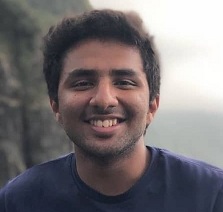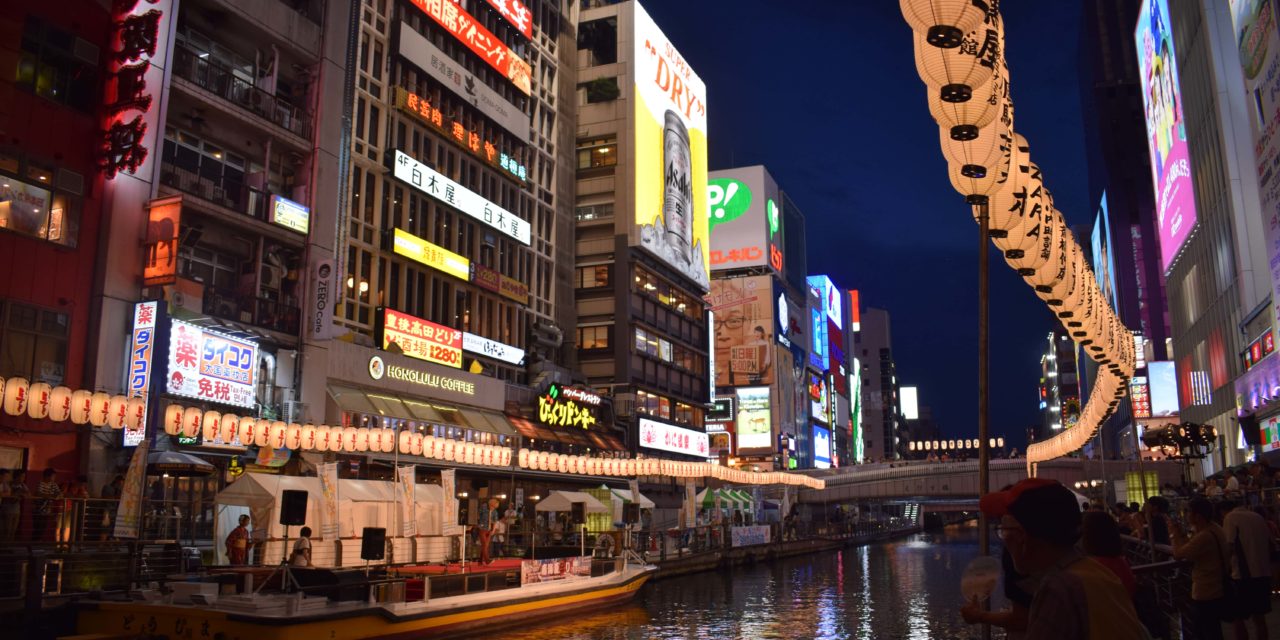When I first got the news that I’d been accepted into the summer internship program at JAIST in Japan, I wasn’t overjoyed. I knew that I’d get to learn a lot by working with the Maezono group and that I was really lucky to get a chance to go abroad, but I just didn’t want to go to Japan. I’d heard that the food was terrible, communication was difficult as people don’t understand English, and that a culture of over-work kills people every day.
Two months in Japan completely changed my perception.
The food was delicious – even cafeteria food was amazing. (Disclaimer: I’m not a vegetarian). I developed a taste for bento and sushi and learned how to eat using chopsticks. Sure, people didn’t understand more than a few words of English, but they were very friendly, polite and extremely helpful, and most importantly, willing to put in efforts to communicate. The lab I worked in had no strict rules about time – I could come and go whenever I wanted to – as long as I got my work done. We weren’t expected to come on weekends and holidays. Getting around was easy; public transport was reliable and safe. And there was always something exciting to do every weekend!
JAIST is located in a small town called Nomi, around 20 kilometers away from the city of Kanazawa – known for the famous Kenrokuen gardens. It’s a really quiet place, surrounded by gentle hills and forests. You can grab a bike and explore the countryside (I did) – just beware of the bears and wild boars!
I worked on benchmarking performance of accelerated Density Functional Theory (DFT) calculations on a high-bandwidth HPC cluster. DFT is a technique used for ab-initio electronic structure calculations. Force constants obtained from DFT can be used for lattice dynamics (phonon) calculations.
First, I learned about the basics of DFT. I learned how to perform electronic structure calculations using Quantum Espresso and phonon calculations using Phonopy. Next, I chose my project and figured out a work plan with my co-mentor, a graduate student from China. I worked on scaling up a cluster and setting it up with HPC network fabric. From then onwards, I performed various test calculations, varying different parameters and parallelization options, and profiling performance – in the search for good benchmarks. The calculations were big and time-consuming, running for hours at a stretch. I got correct results only towards the end of my internship.
Weekends were always fun. After working 5 days a week, my friends and I found out great ways to unwind. We explored the nearby city of Komatsu on cycle, spent a day by the seashore, visited many Shinto shrines and a beautiful sky park in Tsurugi, and trekked to a nearby waterfall. We explored Kanazawa, spending time at the beautiful Kenrokuen gardens and the majestic Kanazawa castle. We learned about Kutani ceramic-making through a guided tour and learned how to paint them.
What I enjoyed the most, however, were trips to Kyoto, Osaka, and Tokyo.
Kyoto – the former imperial capital of Japan for one thousand years – has many historical sites to explore. We went to the Arashiyama bamboo forest, the Kinkaku-ji temple, Kiyomizu-Dera, the Imperial Palace, and to Fushimi-Inari Taisha.
Dotonbori – famous for its bright neon lights and delicious okonomiyaki and takoyaki – was the highlight of our stay in Osaka.
We travelled from Kanazawa to Tokyo by the Shinkansen (Japan’s famous high-speed railway). There was a lot to see in Tokyo. We went up to floor 350 of the Tokyo Skytree (the world’s second-tallest man-made structure). We explored Akihabara (famous for Manga and electronics), Shinjuku (famous for night-life), Roppongi, Shibuya, and Asakusa. We stayed in a capsule hotel – a novel experience I’ll never forget. We got around using Tokyo’s infamously punctual (and crowded) Metro, and walked from our Airbnb apartment to Tokyo Tower and back in the wee hours of the night.
During the last two weeks of my stay, I got an opportunity to teach at the Sakura workshop. I took hands-on sessions on shell scripting, networking, and parallel Quantum Monte Carlo (QMC) and DFT calculations. Undergraduates from Malaysia, Vietnam, Indonesia, and India attended the workshop. I spent time with them – and made friends. We ate sushi together and explored the streets of Kanazawa over the weekend.
I learned a lot during my internship. While preparing for it, I learned parallel programming and realized that it’s challenging and fun. At JAIST, I realized that modeling and simulation and solid-state physics can be very interesting. After I got back, I decided to further explore related fields, and learned basic statistical mechanics, Monte-Carlo, and Molecular Dynamics simulations through a project, and wrote code too. During my winter break, I learned the basics of solid-state physics in detail and got back to DFT to understand it better.
I have realized what I want to do in the future. I wish to pursue graduate studies with research focused on condensed matter modeling and simulation. I now have a much clearer idea of my goals, and what I need to study to achieve them.
The best part is – I had lots of fun!
Two months before the day I left Japan, I didn’t want to go there.
Now, I can’t wait for the chance to go again.

Akash Pallath
Junior Undergraduate

